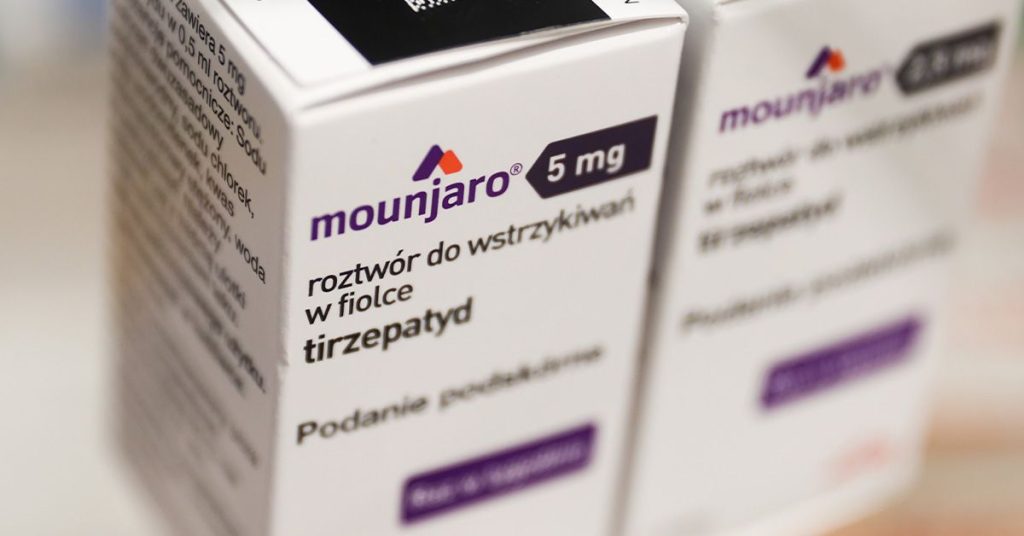Tirzepatide, a once-weekly GIP/GLP-1 receptor agonist, is a medication used for weight reduction in adults with obesity. Recent analysis of the SURMOUNT clinical trials has shown that the medicine leads to significant weight reduction when administered as a once-weekly injection. Across all doses and trials, women lost up to 24.6% of their body weight compared to 18.1% in men. This indicates a potential sex-based difference with regard to drug response. Obesity is a common chronic health condition affecting around 650 million adults globally. Drugs targeting specific hormones involved in energy balance, such as GLP-1, have been shown to help people lose weight effectively and safely. Tirzepatide is a new medication that targets both GIP and GLP-1 receptors and is already approved for treating type 2 diabetes.
Early research has shown that tirzepatide helped mice lose more weight compared to treatments that only target GLP-1. Studies with people who have type 2 diabetes also showed promising results for weight loss. The SURMOUNT-1 (SM-1) trial looked at how well tirzepatide works for weight loss in people with obesity or overweight who do not have diabetes. To explore potential differences in how men and women respond to the treatment, researchers conducted a post-hoc analysis of the SURMOUNT program that included four clinical trials. Their findings indicated that a weekly injection of tirzepatide results in substantial weight loss for both men and women, with women experiencing greater reductions in weight.
The analysis of the SURMOUNT trials showed that a weekly injection of tirzepatide (5 mg, 10 mg, 15 mg) significantly reduced body weight compared to placebo regardless of sex, with greater body weight reduction associated with tirzepatide in females compared to males. Body weight changes were evaluated in participants who received at least one dose of tirzepatide or placebo. Results showed that women lost up to 24.6% of their body weight, while men lost up to 18.1%. Both men and women were more likely to achieve specific weight loss milestones with tirzepatide compared to placebo. In terms of safety outcomes, women reported higher rates of nausea and vomiting compared to men.
While the analysis showed consistent weight reduction regardless of sex, tirzepatide was associated with greater weight loss in women than in men. However, the results of this post hoc analysis are considered hypothesis-generating and should be interpreted with caution, as potential mechanisms of this finding require further research. Medical experts not involved in the research have noted that the findings could provide deeper insights into the efficacy of tirzepatide across different demographics, potentially allowing for more personalized treatment plans. These findings may lead to more tailored and effective weight loss solutions, enhancing overall success rates and improving long-term health outcomes. Further research in this area could help prescribing providers set realistic expectations based on gender for patients seeking these medications.
Overall, the analysis of the SURMOUNT trials has shown that tirzepatide leads to significant weight reduction in both men and women, with women experiencing greater reductions in weight compared to men. Further research is needed to fully understand the potential mechanisms behind these findings and to evaluate the long-term impact of tirzepatide on weight loss. The results of this analysis could help inform more personalized treatment plans for individuals seeking weight loss solutions and improve overall treatment outcomes.


